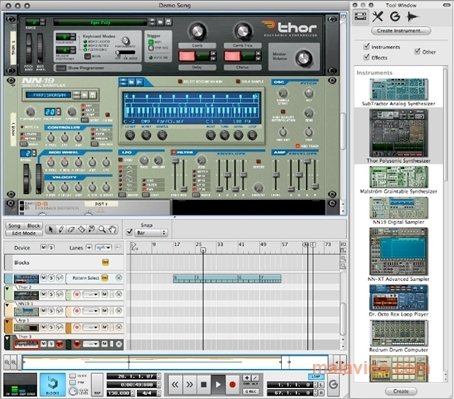
In Reason 10.2 and earlier, the buffer size was fixed at 64 samples and thus had almost no noticeable delay. This is also true for any feedback connection, for example sending a signal out of a device and then back in to the same device.

When automating or CV controlling parameters in a VST, it will use the same resolution as the buffer size. While this is all good news, some things might actually sound different with these rendering changes and that's important to understand. As an example, the Reason 10 demo songs run 10-50% better on our testing machines using a buffer size of 512 samples. Now that we've had a month of beta testing I can also say for certain that even if you don't use VST plugins, you'll see performance improvements using Rack Extensions and internal devices too. You might see even bigger improvements on larger buffer sizes, but of course a larger buffer size has other downsides like latency. In our testing we've seen improvements from a measly 10% to well over 200% when using a buffer size of 512 samples. Depending on the plugins used, the improvements you'll see can vary a lot. When making music, your computer can now handle more VST plugins before experiencing issues (like clicking and popping) on buffer sizes higher than 64 samples. There's now a setting in Reason's audio preference to "Render audio using audio card buffer size setting" that is on by default. Reason 10.3 is the much anticipated "performance update", a big rewrite changing how Reason handles buffer sizes to work how VST plugins expect a host to work.

Just launch Reason 10 and there'll be an auto-update waiting for you. I'm happy to announce that Reason 10.3, a free update to Reason 10, is now available.


 0 kommentar(er)
0 kommentar(er)
